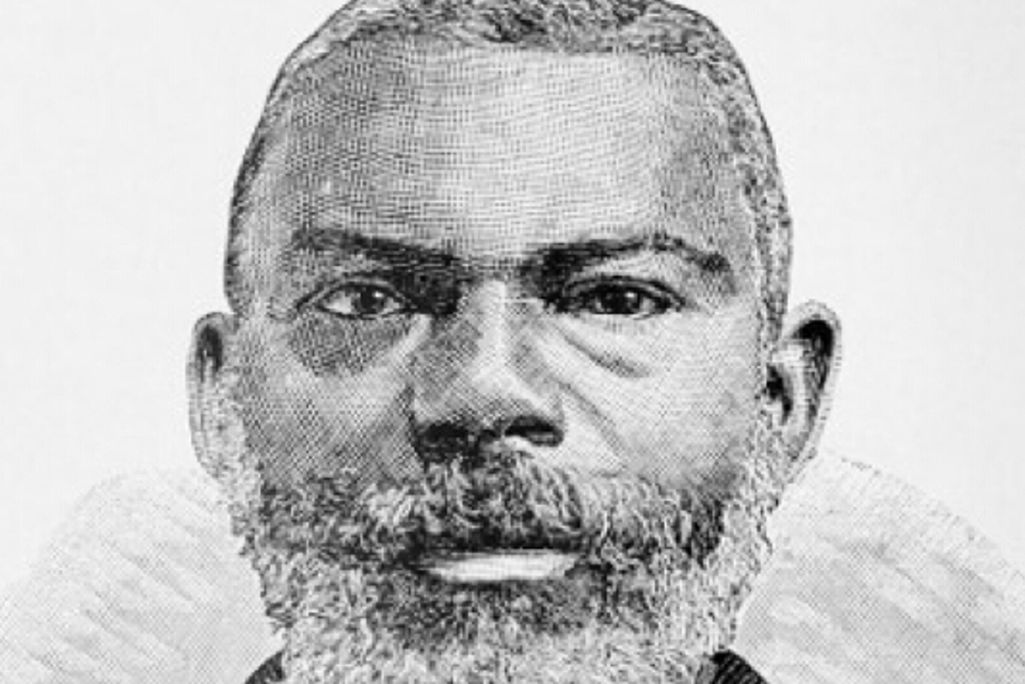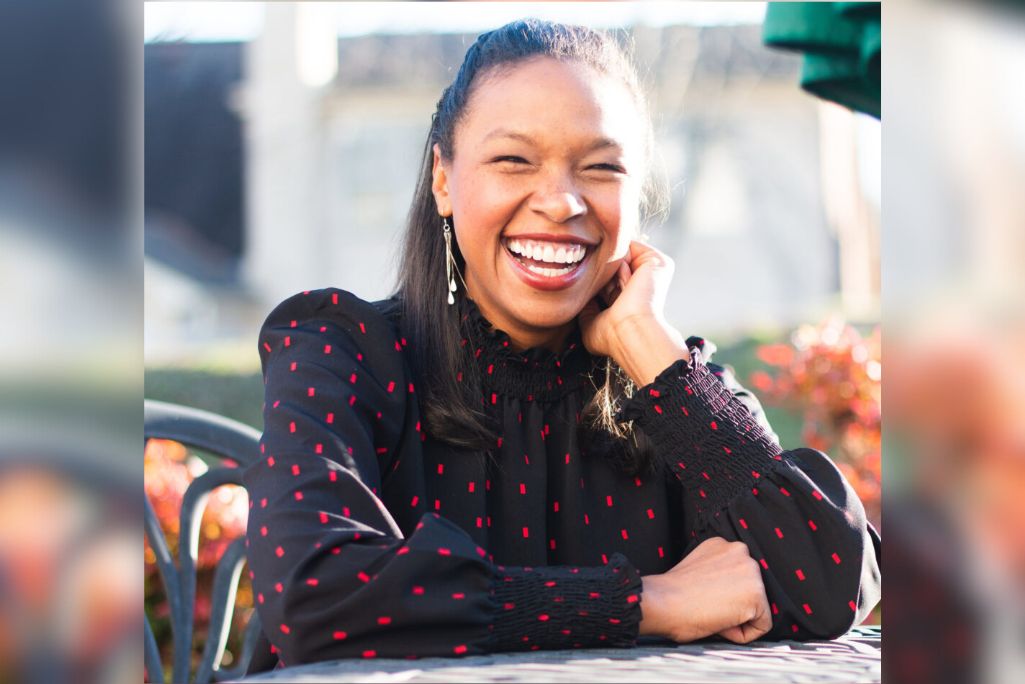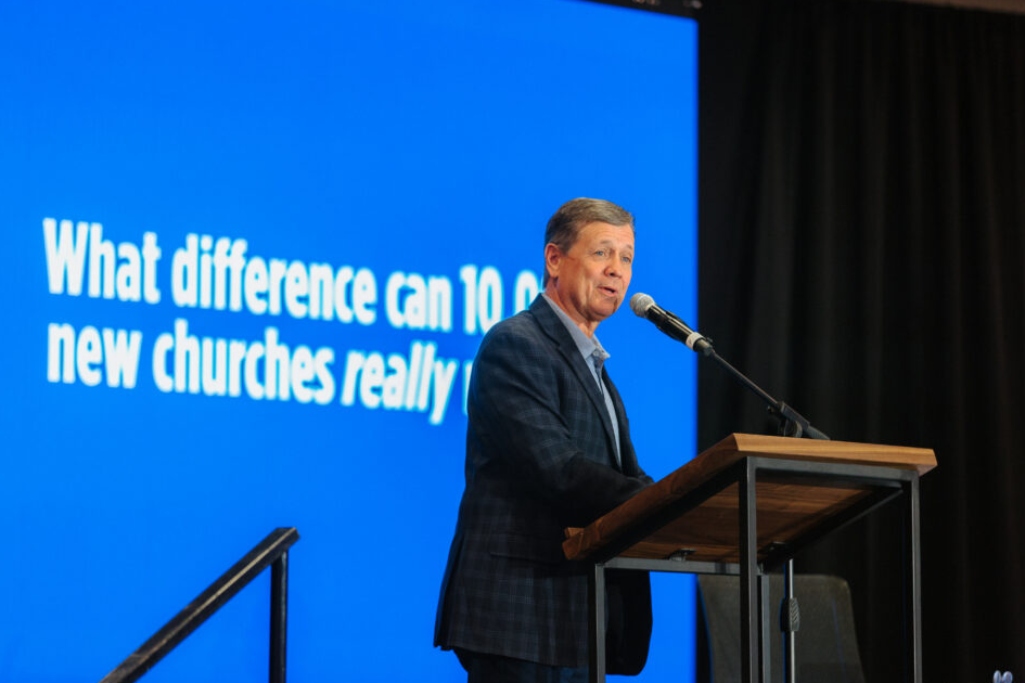
(EDITOR’S NOTE — Feb. 2 is George Liele Church Planting, Evangelism and Missions Sunday in the Southern Baptist Convention.)
In 1750, shortly after the end of the Great Awakening in America’s British-controlled colonies, Virginia Loyalist Henry Sharp’s slave, Nancy, gave birth to George, a son who takes his slave father’s name, Liele.
Baby George becomes one of Virginia’s 101,000 African slaves, a result of the 1705 Virginia General Assembly Declaration.
Slaves are “real estate” to their Virginia owners and suffer a life of cruelty and punishment: whipping, branding, severing ears, maiming and hanging. If a slave’s “correction” causes death, the master “shall be free of all punishment … as if such accident never happened.”
America’s African slave trade proves prosperous during the 1730s and 1740s, a time of spiritual revival encouraged by ministers like Jonathan Edwards, George Whitefield, David Brainard and others. The movement awakens the colonists’ declining lukewarm faith, bringing them face to face with a living, personal Christ and triggering an avalanche of Baptist growth.
Sometime before 1770, Henry Sharp moved George with him to St. George’s Parish (later Burke County), Georgia. In 1735, the British prohibited black slavery there, but on Jan. 1, 1750, the House of Commons decided to permit slavery. In fewer than 30 years, Georgia’s slave population grew from 500 slaves to 18,000. The slaves’ hard work makes the Lowcountry’s white plantation owners wealthy.
In Georgia, Sharp became a deacon in the Buckhead Creek Baptist Church, a white congregation led by pastor Matthew Moore. He encourages George to attend worship services. During one Sunday service in 1773, God touches the 23-year-old Black man’s heart, calling him to Himself and to a life of love and ministry to the other slaves on Master Sharp’s plantation. George enthusiastically gives his life to Jesus and answers His call to Christ’s ministry.
“… I requested of my Lord and Master to give me a work, I did not care how mean it was, only to try and see how good I would do it … I felt such love and joy as my tongue was not able to express.”
Pastor Moore baptizes George, accepting him into the church. Sharp’s plantation becomes George’s new mission field. He teaches the slaves to sing hymns, shares God’s Word and explains the gospel’s saving message.
Impressed by George’s innate ministry skills, Buckhead Creek Baptist Church licenses him to preach, and Henry Sharp grants his freedom from slavery.
Ministry in Silver Bluff and Savannah
George soon becomes a minister and preacher to slaves in Silver Bluff, South Carolina, south of Augusta, Georgia, forming a 30-member congregation of new African American believers. In December 1773, Liele organized the First African Baptist Church in Savannah, Georgia, the oldest black church in North America. Four of his converts — the Reverend Andrew Bryan, Hannah Bryan, Kate Hogg and Hagar Simpson — form the church’s early membership. When Liele is ordained, he becomes the first ordained African American Baptist preacher in America.
The American Revolutionary War
A few years earlier, on March 22, 1765, Britain passed the Stamp Act, imposing unfair taxes on angry colonists. When British troops land in Boston to enforce the act, their actions result in the 1770 Boston Massacre, a deadly incident that triggers America’s rebellion against Britain. Five years later, on April 19, 1775, the first shots of the Revolutionary War are fired at Lexington and Concord in Massachusetts. The British free tens of thousands of Black slaves who agree to fight against the colonists.
George’s former owner, Henry Sharp, fights with the British, dying of battle-sustained injuries in 1783. Fortunately, Sharp has given Liele his manumission papers, documentation that saves Liele from long-term imprisonment when Sharp’s children try to re-enslave him. British colonel, Moses Kirkland, helps him after his release from prison, a grateful Liele repaying Kirkland by working for him as an indentured servant. When Colonel Kirkland escaped to Jamaica in 1782-3, George, his wife Hannah and their four children accompanied him.
Life, persecution and ministry in Jamaica
Kirkland and the Liele family land in Kingston, Jamaica, where George discovers a ripe mission field of hundreds of thousands of African slaves working the sugar cane plantations. The slaves suffer with cruel owners, back-breaking work and little food. Thousands are starving to death.
George plants a church, baptizing hundreds of professing converts in a nearby river every three months. He never accepts payment, supporting his family through farming and hauling goods by wagon. For “preaching sedition” and “agitating the slaves,” George is frequently imprisoned by Jamaican authorities, once for three years.
Legacy
By the end of his life, George Liele, referred to as “the Negro slavery’s prophet of deliverance,” has helped found three Baptist churches: First Bryan Baptist Church and First African Baptist Church in Savannah, Georgia, and the first Negro Baptist Church in Jamaica. He also has established schools to educate Jamaica’s slaves.
Liele encourages and teaches his new converts to preach the gospel to the world. Author David Shannon writes: “The Christianity practiced by Liele was not limited to one nation, colony, or ethnic group, but was a faith found and spread through interaction with colonists and national leaders in the Americas and England. In turn, this broad vision of Christianity shaped and spread a variety of Christian experiences that became widespread and influential in black, white and integrated congregations in Georgia, South Carolina, Jamaica, Nova Scotia, Sierra Leone and beyond.”
Liele died in 1828 in Kingston, Jamaica, and is buried there in an unmarked grave.
The world calls Baptist missionary William Carey “the father of the modern missionary movement.” But George Liele leaves America to preach Christ in Jamaica a decade before Carey leaves England to preach in India, earning George Liele the title of “The World’s First Baptist Missionary.”


